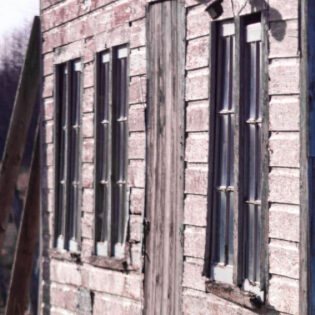“Flipping” real estate has come into the popular lexicon due to reality television shows and investment seminars that make the process seem simple and easy. While it is possible to build a business out of fixing and flipping real estate, it does require an understanding of the financial side of these transactions.
Because they approve loans more quickly and without the red tape required of banks and mortgage companies, private money lenders (or hard money lenders) are often the lender of choice by fix and flip buyers. Originating in the 1950s, the term “hard money loan” refers to a loan that is based on property assets, not credit. Specifically, by lending on investment property rather than owner-occupied property, hard money lenders fall outside the mortgage laws and, thus, have more flexibility in how, and to whom, they issue hard money loans.
This does not mean that hard money loans are freely given. Hard money lenders are businesses and, as such, require information from borrowers to ensure that their hard money loan represents a sound investment in the fix and flip project. Here are four numbers that will likely be considered before a hard money loan is issued:
Purchase Price
This is the acquisition value of the property. This is not necessarily the listing price if the buyer is able to negotiate a lower price with the seller. When negotiating the final purchase price of the property, buyers should keep in mind that most hard money lenders structure their fees differently from conventional mortgage lenders. Buyers may find it beneficial to speak to hard money lenders first to ensure that they have assets to cover the down payment (discussed next) as well as the fees needed to obtain the hard money loan.
Down Payment
As the saying goes, “there ain’t no such thing as a free lunch.” A key part of the real estate bubble that burst in 2008 was over-leveraging. Entire books have been written on how “no money down” housing loans created an environment where sellers, buyers, and lenders had incentives to act recklessly. But the result is that responsible lenders now expect borrowers to have a combination of good credit, assets, and a down payment. The reason for this is simple – when borrowers bear some of the risk, they have incentives to complete the renovations and flip the renovated property at a profit.
In the case of a hard money loan, the loan is based on the property rather than the borrower. That is, the borrower’s credit history is typically not considered by hard money lenders. Rather, the asset, namely the property being purchased, and the down payment are the sole, or primary, considerations.
The amount of a hard money loan on fix and flip projects is typically calculated as a percentage of the after repair value (or ARV) of the property. The formula for ARV is discussed below. For purposes of the down payment, however, if a hard money lender approves a loan for 60% of the ARV, the borrower will likely need to come up with at least some money for the renovations and down payment on the property.
Current Value
ARV is the sum of the current value and the value of the renovations. The current value of a property is the value in its current state before renovations. While this may be the purchase price in some cases, it is not necessarily always the purchase price. When a property can be purchased at a discount, such as a short sale, foreclosure auction, or another distressed sale, the current value may be higher than the purchase price.
Value of Renovations
This is the driving force behind fixing and flipping rather than just flipping. If a property can be sold at a profit without renovations, it would merely be flipped. However, if renovations would add substantial value to a property, profit can be maximized by fixing it before flipping. The value of the renovations is often difficult to calculate, but should at least exceed the cost of the renovations to make a profit.
In sum, the current value and the value of the renovations, along with the purchase price and the down payment, will often be the key factors in qualifying for a hard money loan.

